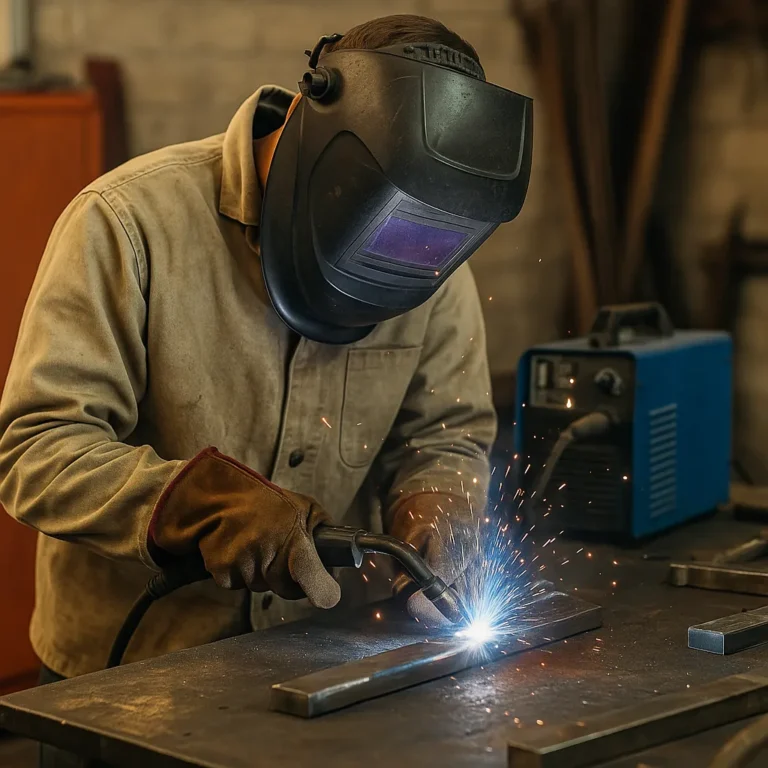Why Is Underwater Welding So Dangerous?

Disclosure: This post contains affiliate links. As an Amazon Associate, I earn from qualifying purchases—at no extra cost to you.
Underwater welding is one of the most challenging and hazardous jobs in the world. While it plays a crucial role in marine construction, ship maintenance, and oil rig repairs, the risks involved are exceptionally high. The combination of high voltage electricity and water makes this profession inherently dangerous, but there’s much more to the story.
The unique dangers of underwater welding go beyond electrical hazards. Factors like pressure changes, limited visibility, and environmental risks make it a career that demands both skill and courage.
The Risks of Electric Shock
Electricity and water are rarely a safe combination, yet underwater welders routinely manage this volatile mix. Specialized equipment is designed to minimize the risk, but accidents can still occur. Any breach in protective gear or damaged cables can expose the welder to dangerous electrical currents.
Drowning Risks
Even with proper safety protocols, drowning remains a significant risk. Equipment malfunctions, sudden water currents, or becoming entangled in tools or debris can lead to life-threatening situations. Divers must undergo extensive training to respond quickly in emergencies, but the unpredictable nature of underwater work adds an unavoidable level of risk.
Decompression Sickness
Decompression sickness, also known as “the bends,” is a serious condition that occurs when nitrogen bubbles form in the bloodstream due to rapid pressure changes. Underwater welders must adhere to strict decompression schedules to avoid this painful and potentially fatal condition.
Explosive Hazards
In certain underwater welding environments, the presence of trapped gas pockets can create explosive conditions. The intense heat from welding can ignite these gases, posing an immediate threat to the diver.
Limited Visibility and Restricted Movement
Murky water, debris, and poor lighting make visibility a constant challenge. Welders often rely on touch to guide their work. Combined with bulky equipment, restricted movement can make precise welding difficult and increase the risk of injury.
Extreme Physical Demands
Underwater welding requires exceptional stamina and strength. Working in cold water, battling strong currents, and managing heavy gear all place extreme physical strain on the welder. Prolonged exposure to these conditions can lead to exhaustion, hypothermia, and other health issues.
Conclusion
Underwater welding is vital in industries that maintain offshore infrastructure, yet the profession demands immense dedication and awareness of its dangers. Proper training, specialized equipment, and strict safety protocols are essential to minimizing these risks. Despite the hazards, skilled underwater welders are crucial for keeping marine operations running safely and efficiently.
Related Articles You Might Find Helpful
For further insights into welding challenges and safety tips, you may find these articles useful:






